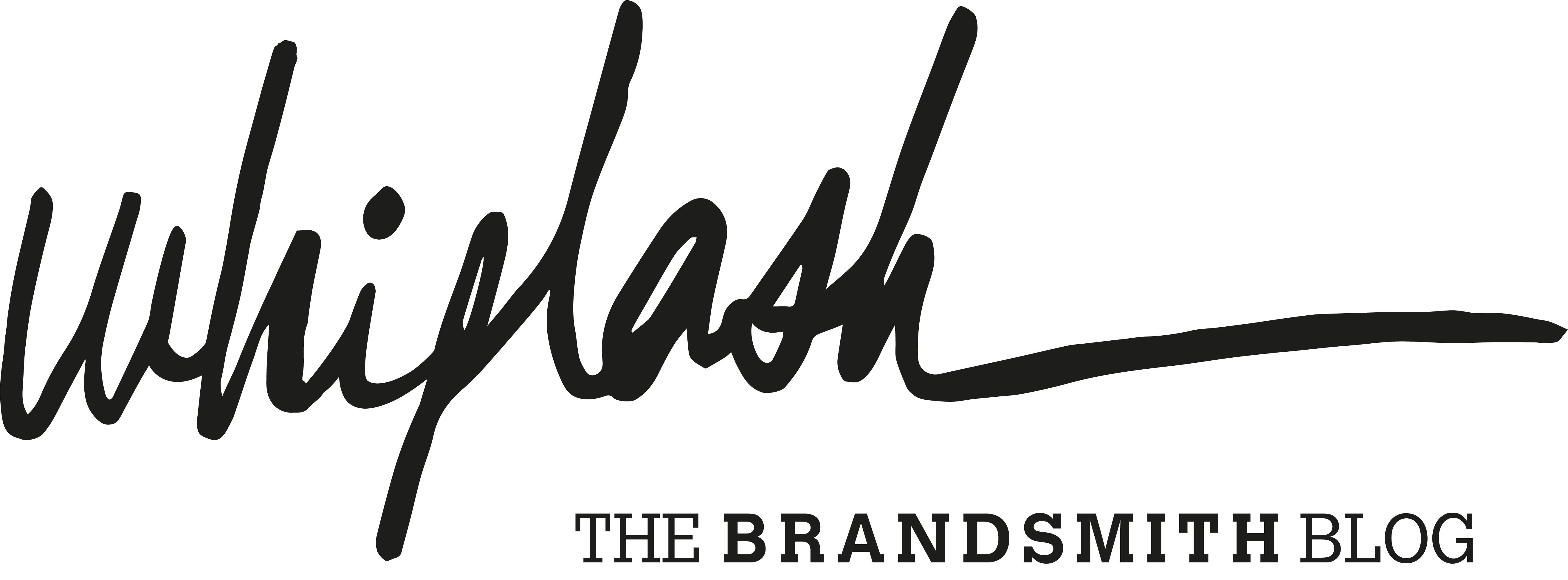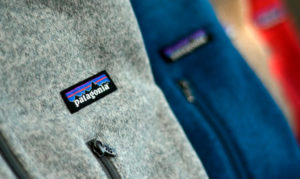Whiplash Team, April 25th 2025
Best reads April 2025
We share a brief selection of must-reads for brand enthusiasts like yourselves to enjoy during the weekend.
Brand value in the face of tariffs: key strategies
The publication Branding Strategy Insider—the editorial arm of The Blake Project, an independent consultancy with a long track record in strategic branding—analyzes in “How to Strengthen Brand Value in a Tariff-Impacted Economy” the tactics needed to preserve perceived value amid unpredictable cost hikes. The article advises defining your most critical competitor from the customer’s perspective, refining your value proposition to highlight unique attributes, and communicating transparently about product origin and quality. It also recommends diversifying sales channels, relocating production closer to end markets, and collaborating with suppliers to optimize the supply chain. Innovations in packaging, after-sales services such as extended warranties or subscription models, and targeted promotions help balance cost perception and sustain customer loyalty, even when tariffs threaten competitiveness. (EN)
Brands with the greatest social impact
Alan Schwarz, journalist and Lists editor at Forbes Spain with extensive experience in corporate reputation analysis, presents the ranking of the 300 companies most valued by 165,000 consumers. After compiling over 4.4 million ratings in partnership with HundredX, the list shows that companies like H-E-B, REI, Apple, and Toyota treat sustainability not as mere marketing, but as a core part of their business model. Schwarz emphasizes that true social impact hinges on consistency: integrating NGO partnerships, ethical practices, and transparent metrics throughout the value chain. Forbes Spain—where this was published on April 22—demonstrates that credibility and rigorous measurement of social outcomes are essential for earning public trust and standing out in an increasingly demanding market. (ES)
Brand stories that survive the crisis
Cliff Ettridge, partner at The Team agency with over 25 years of experience in branding and communications, explains in Brandingmag how powerful brand narratives must withstand media scrutiny and rapid market shifts. According to Ettridge, an authentic brand story is built on real values and tested internally before launch—engaging employees, customers, and other stakeholders. This process prevents campaigns from collapsing under public examination, as happened in the Dove-Greenpeace incident. Ettridge recommends ensuring narrative consistency across all channels—product, communication, and customer experience—so the story can evolve without losing credibility. This approach strengthens reputation and creates brand advocates who remain loyal even during times of crisis. (EN)
Anticipatory thinking: creativity in the face of uncertainty
David Acosta, brand strategist at INNN and contributor to ReasonWhy with over 16 years leading creativity and innovation projects, proposes in “Anticipatory Thinking: How to Lead with Creativity When Everything Changes Too Fast” a methodology that combines analysis, intuition, and intentional action. Acosta argues that brands shouldn’t just react or predict—they must design the present to generate immediate impact while simultaneously building the future. According to ReasonWhy, this involves prototyping campaigns, iterating based on real data, and coordinating teams to operate across multiple time horizons. Examples like Spotify Wrapped and LEGO IDEAS show how detecting weak signals in niche communities can be turned into strategic projects. For Acosta, integrating creativity with systemic thinking and fostering a culture of continuous experimentation are the keys to leading innovation in volatile environments. (ES)
How to use paid media to grow your brand
James Richardson, Inc.com columnist specializing in growth strategy, explains in this article the right timing for allocating budget to paid media. Richardson notes that emerging brands should first achieve healthy organic growth—at least a 20 percent annual compounded rate over three years—and secure omnichannel distribution in their primary markets before investing in paid advertising. According to Inc.com, validating the proposition with field marketing—sampling, events, and point-of-sale activations—helps identify product, pricing, or positioning issues. Only then should paid media be conceived as entertaining content that drives awareness and trial. This way, advertising spend translates into sustainable sales and genuine brand recognition. (EN)
Essential luxury: Le Labo and its minimalist revolution
Le Labo burst onto the fragrance scene by redefining luxury through minimalist packaging and a unique purchase experience. In this article, PuroMarketing highlights how the brand forgoes ornate bottles in favor of kraft-board boxes, simple typographic labels, and on-the-spot fragrance blending—with the creation date and customer name printed in real time. This artisanal approach reinforces authenticity and forges an emotional bond that transcends mere aesthetics. Moreover, offering refillable bottles underscores Le Labo’s commitment to sustainability, turning each perfume into a discreet symbol of exclusivity. These bold decisions have allowed Le Labo to establish a new standard of understated luxury, proving that authenticity and transparency can be powerful allies in high perfumery. (ES)




